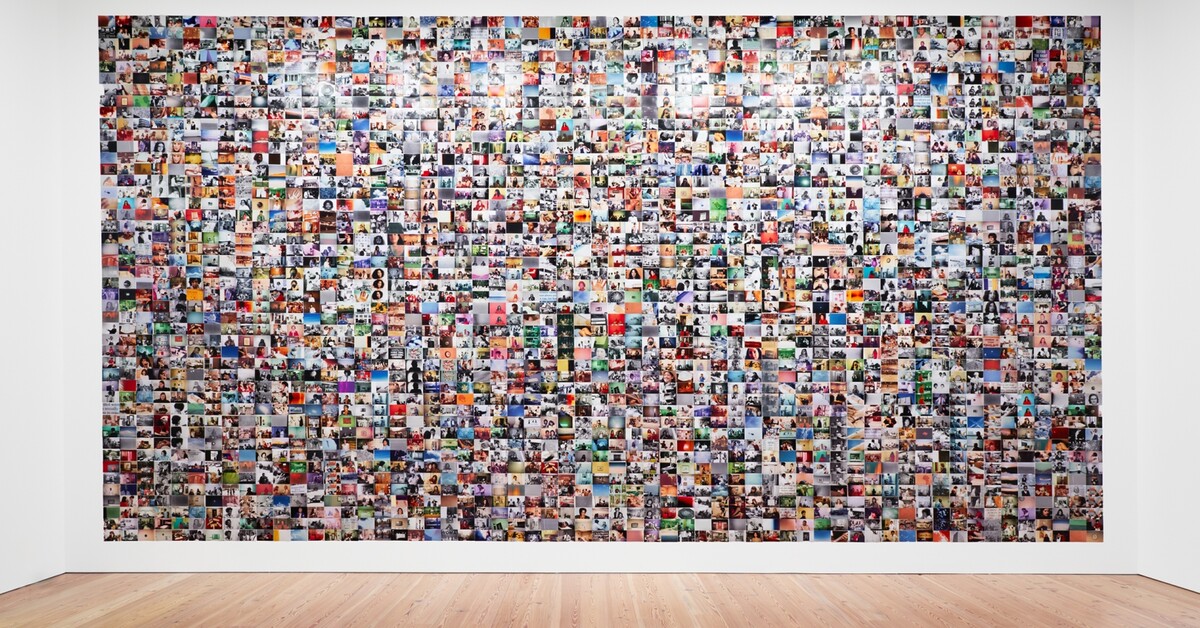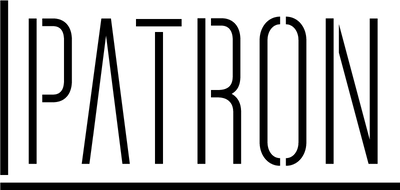
Carmen Winant. The Last Safe Abortion, 2024
The City of Women is an exhibition consisting of four parts: Gutsy, curated by Julia Bryan-Wilson, Other Tomorrows by Michalina Sablik and Vera Zalutskaya, Her Heart by Karolina Gembara, and We were there. International Women’s Year 1975, curated by Wiktoria Szczupacka.
The City of Women offers a multitude of perspectives that refer to both well-known and established research topics related to art created by female artists, as well as trace the changes in current artistic sensibilities in this area. On the one hand, the project Z trzewi (Gutsy) employs aesthetic feminist artistic language and exhibition design that is also political, while on the other, in Inne jutra (Other Tomorrows), the curators challenge established feminist norms. They seek to complicate the image of art created by female artists by introducing fluid categories that cut across binary identity divisions between he and she. Wiktoria Szczupacka takes a more academic approach, calling attention to the overlooked history of feminist emancipation in communist Poland. Karolina Gembara presents an activist point of view, showing the struggle for reproductive rights from a very contemporary perspective.
The exhibition opens at a time when attention to women’s rights in Poland is once again taking a back seat, and years of globalization and activism are not yielding the desired results. The fundamental demand of various forms of feminist art is equality, and art strengthens the political imagination that can give it real shape.
OTHER TOMORROWS
The exhibition Other Tomorrows examines the concepts of identity and community in an era of political and ecological crises and growing social lobalizatio. When existing ways of thinking and methods of action cease to work, there is a need to transcend entrenched divisions and search for new languages to talk about the world that take into account the diversity of life forms, corporeality and relationships. The exhibition presents the work of seven international artists who draw on myths, local legends and personal experiences to create narratives in which fiction, fantasy and technology become tools of emancipation. It is a proposal for feminist, decolonial and queer thinking, in which imagination becomes a political practice and a space of freedom.
Artists:
Katarzyna Depta-Garapich, Robert Gabris, Marie Lukáčová, Tala Madani, Sara Sadik, Natasha Tontey, Liliana Zeic
GUTSY
Gutsy is an international group exhibition of bold feminist works that poetically draw on processes such as plumbing, ventilation, and digestion. Twelve artists—including Mona Hatoum, Eva Hesse, Jumana Manna, Senga Nengudi, Charlotte Posenenske, Alina Szapocznikow, and Johanna Unzueta—employ abstract forms to reveal the functionality but also the failures and irregularities of the systems in which we exist. Their works combine organic and synthetic materials, juxtaposing the corporeal with the industrial: supple textiles evoke layers of skin, while aluminum pipes comment on physical labor. The artists’ political and historical experiences inflect how they approach gendered bodies as infrastructures, and they expose our fragility and dependence on the hidden networks that sustain life and community. Further, these works emphasize embodied intuition—the “gut feelings” that escape the confines of overthinking mind.
Artists:
Leonor Antunes, Mária Bartuszová, Maria Teresa Chojnacka, Mona Hatoum, Eva Hesse, Maryam Hoseini, Maria Maiolino, Jumana Manna, Senga Nengudi, Charlotte Posenenske, Alina Szapocznikow, Johanna Unzueta
HER HEART
This part of the exhibition is devoted to reproductive rights and presents visual works (photographs and films) that address the experience of abortion in both clinical and home settings, and its social perception. The invited artists share an intimate perspective, revealing their own private stories or those of their protagonists.
Artists:
Rachel Fallon, Alexandra Ivanciu, Franzis Kabisch, Anna Krenz, Agata Kubis, Michalina Kuczyńska, Rafał Milach, Joanna Musiał, Jolanta Nowaczyk, Zofia Reznik, Beata Rojek, Sonia Sobiech, Carmen Winant, anonymous artists
WE WERE THERE. INTERNATIONAL WOMEN’S YEAR 1975
The exhibition is an invitation to reflect on the history of feminist art in Poland and socialist feminism as an alternative to Western discourses. Looking at a different type of globalization – based on international cooperation within state organisations – it shows how diverse forms of struggle for women’s rights have influenced art and the history of feminism. It focuses on socialist and international women’s organisations that have shaped the narrative of women’s emancipation in a completely different, and perhaps even more global way. The exhibition presents documents related to the planning and implementation of artistic events celebrating Women’s Year 1975.
Artist:
Anna Molska
